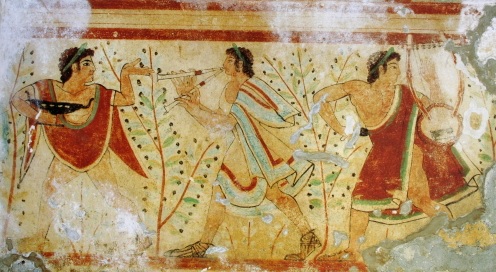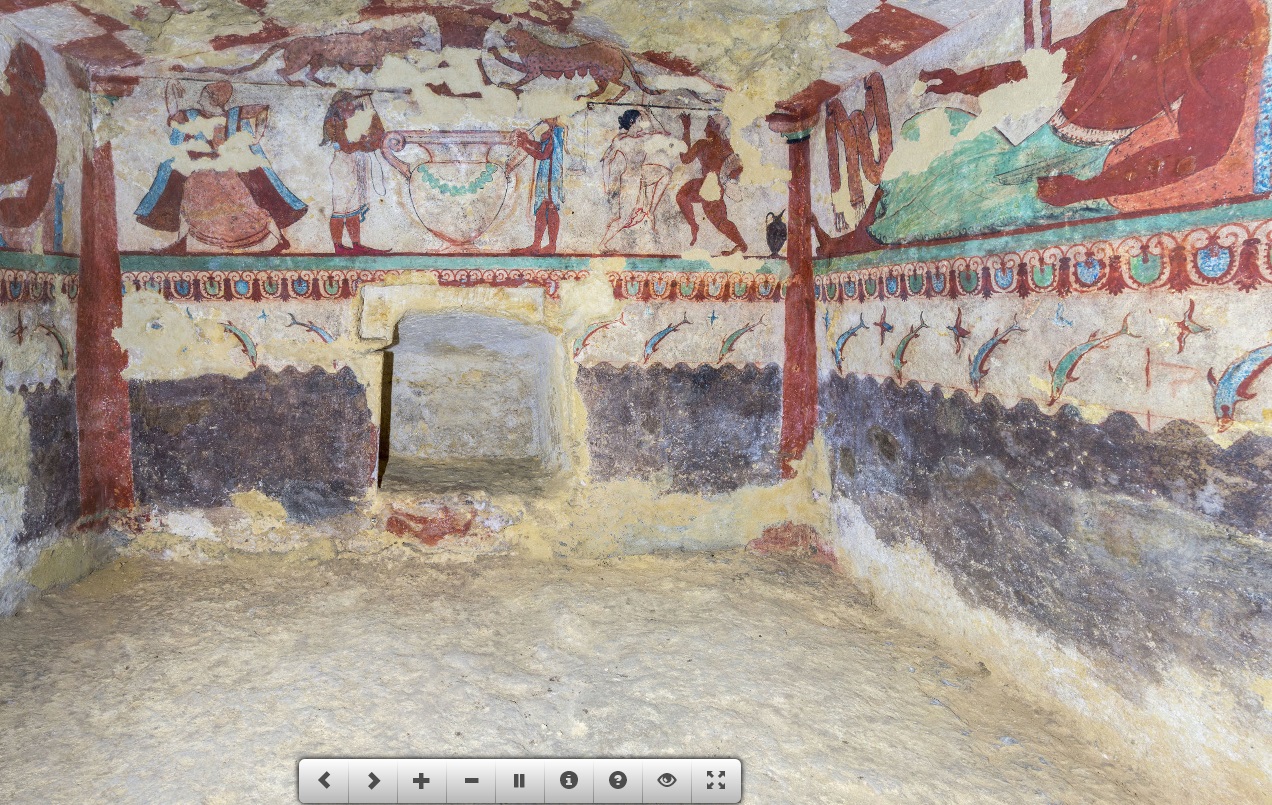INSEI Denmark

The Danish section of the Istituto Nazionale di Studi Etruschi ed Italici (INSEI)
The Danish section of INSEI aims to further the study of Etruscan and Italic peoples, through research and dissemination, in cooperation with relevant institutions and individuals in Denmark. The cultures of Italy are viewed in their Mediterranean context and European cultural context.
Board
- Annette Rathje, University of Copenhagen Saxo institute
- Bodil Bundgaard Rasmussen, National Museum of Denmark
- Cecilie Brøns, Ny Carlsberg Glyptotek
- Kristine Bøggild Johansen, Thorvaldsens Museum
- Marjatta Nielsen, Independent
- Vinnie Nørskov, Antikmuseet Aarhus University
Members of the Danish section of INSEI
- Kristine Bülow Clausen, University of Copenhagen
- Liv Caroe, University of Copenhagen
- Helle Damgaard Andersen, Rigsarkivet
- Jane Fejfer, University of Copenhagen
- Wolfgang Filser, University of Copenhagen
- Helle Horsnæs, National Museum
- Joos Melander, University of Copenhagen
- Mette Moltesen, emerita Ny Carlsberg Glyptotek
- Nora Petersen, Tivoli
- Nikoline Sauer, Independent scholar
- Jan Stubbe Østergaard, emeritus Ny Carlsberg Glyptotek
- Kristina Winther-Jacobsen, University of Copenhagen
Do you want to become a member of the Danish section of INSEI?
Danish members of the Italian INSEI
- Ingrid Strøm, since 1979
- Marjatta Nielsen, since 1998
- Annette Rathje, since 1998
In 1925 a permanent committee for Etruscan studies was established, Comitato Permanente per l’Etruria, which became the Institute for Etruscan Studies in 1932 after the first international Etruscan Congress in 1928. After several revisions of the name, it became Istituto Nazionale di Studi Etruschi ed Italici (INSEI) in 1989. The institute is based in Florence and it is home to a research library. The institute furthers and coordinates the research and studies of the Etruscan and Italic peoples in pre-Roman Italy
INSEI has since 1927 published the journal Studi Etruchi and is the initiator of several academic publications. An annual conference, Convegno di studi Etruschi ed Italici, is also organized by INSEI.
A local section of the institute was established in 2005, Etruria Padana e Italia Settentrionale (SEPIS), housed at the University in Bologna, Dipartimento di Storia Culture Civiltà, with a special focus on research and dissemination of the Padanian Etruria and other Italic peoples in northern Italy.
Outside Italy, sections of INSEI have been established:
- Sezione francese SF
- Sezione Austria Germania e Swizzera AGS
- Sezione Nord America NA
- Sezione danese SD
Statutes
Meeting minutes
If you have an interest in joining the network, contribute a paper or need assistance from a professor, please contact us:
Gallery
Here is a navigable panoramic photo taken out of a three-dimensional model. You can move inside, observe all the tomb surfaces, and even approach the walls to see the paintings in detail. This picture is a product of T.Arc.H.N.A online, a project about making a virtual archaeological museum
Links of interest
Exhibitions in Denmark
"På sporet af daunierne: Illegale oldsager fra kunsthandlerens varelager".
Exhibition at the Museum of Antiquities 1 May - 1 December 2025

